==================
A Caveat and Affiliates
First off, a little caveat: within my articles you will find affiliate links, meaning if you buy them, I get a small commission. Your cost is not affected. In addition, I am an Amazon Associate and I earn from qualifying purchases on Amazon.
And yes, if I say that I recommend a product here, it means I truly believe it is a good product. I refuse to recommend any product that I have not researched and believe to be a good value.
Even better, I provide you with a very clear picture of the product, it’s use, and the probable value.
Earning your trust is important to me. I run this website myself and the commissions and donations help support the site.
Sound reasonable and fair enough? Let’s continue to the article.
==================
The hydroponics Gardening Systems offer plenty of benefits over soil-based gardening. For instance, you only need a small space to grow several plants without worrying about weeding or pests. Additionally, the method also encourages faster and healthier growth of your plants.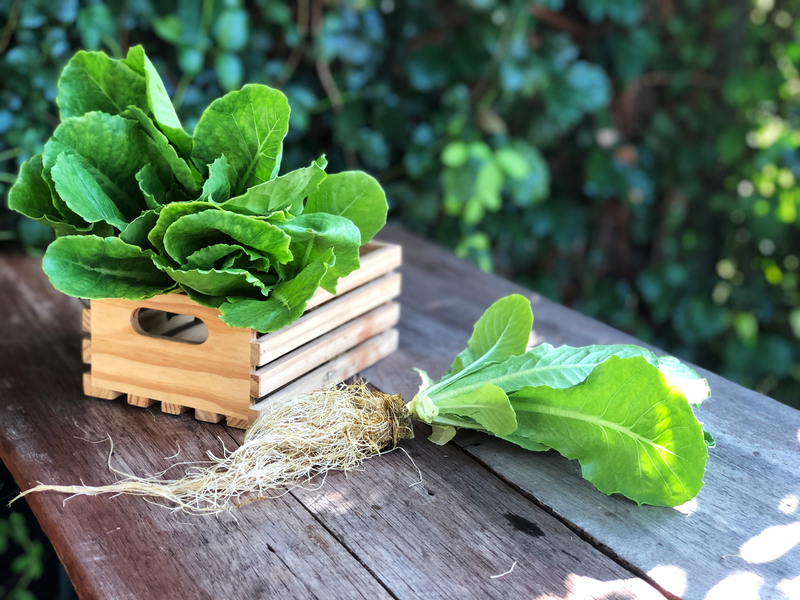
So, is Hydroponics better than soil gardening?
Below, we will discuss everything you need to know for raising plants hydroponically!
Is Hydroponics better than soil?
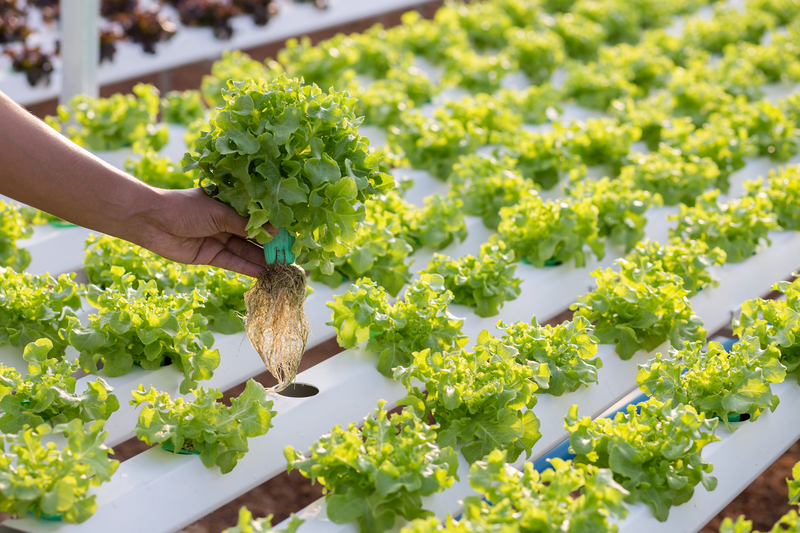
hydroponics gardening systems
When deciding between Hydroponics and soil-based gardening, it is best to consider your situation. For instance, if you have a small growing space, it might be better to go with Hydroponics. The look of a soil-based garden can be more aesthetically pleasing than hydroponics gardening.
In contrast, a hydroponics system can be more practical and functional. Growing with Hydroponics means reducing water consumption while growing more in a small place. Additionally, certain plants, such as spinach, tomatoes, lettuce, etc., are great for different types of hydroponics systems.
Here is a comparison between soil-based and hydroponics gardening:
| Soil-Based Gardening | Hydroponics Gardening System | ||
| Pros | Cons | Pros | Cons |
| Cost-efficient | Slower Growing Cycle | Faster Growing Cycle | Higher Setup Costs |
| Natural Environment | Large Space Requirement | Larger Yields | Not Beginner-Friendly |
| More Tolerant | Smaller Yields | No Pests | Less Flavor |
| Better Flavor | Pests | Visually Appealing | More Up-front Time |
What are Hydroponics Gardening Systems?
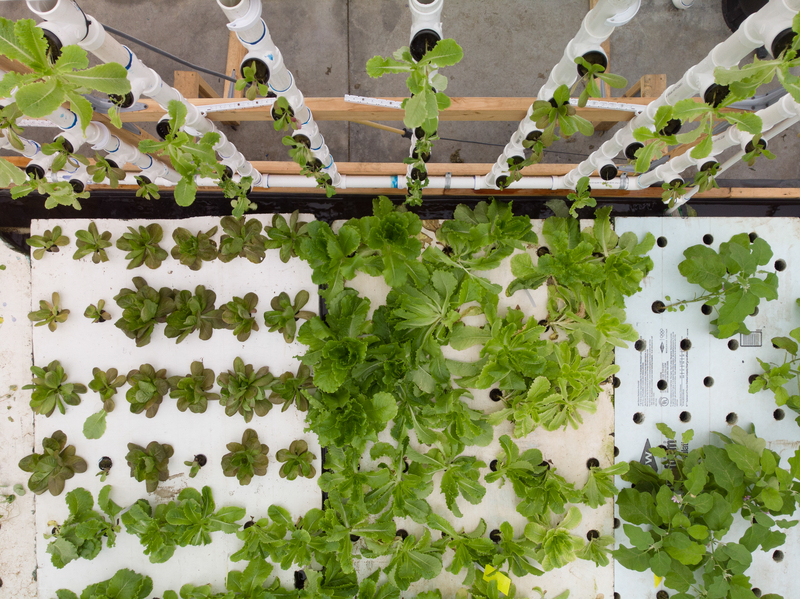
hydroponics gardening systems
Hydroponics gardening system is a method of cultivating plants using water instead of soil. These types of hydroponics systems are excellent for providing reliable year-round access to fresh produce regardless of weather conditions.
In addition, Hydroponics gardening systems use an inert (nonliving) material to hold the roots in place while allowing free air and moisture movement through the growing media. Moreover, these systems allow plants to grow in a way similar to how they would naturally grow in nature. They can have access to sunlight just like natural plants.
Furthermore, growing plants hydroponically uses nutrient-rich water instead of dirt to nourish your plants. You can raise your plants hydroponically through a solid medium, like gravel or sand, mixed with organic fertilizer, or floating the plant’s roots in a solution of water and nutrients.
Since floating systems are cheaper, they do not require equipment except a large container filled with a unique mixture of water and nutrients.
Types of Hydroponics Gardening Systems
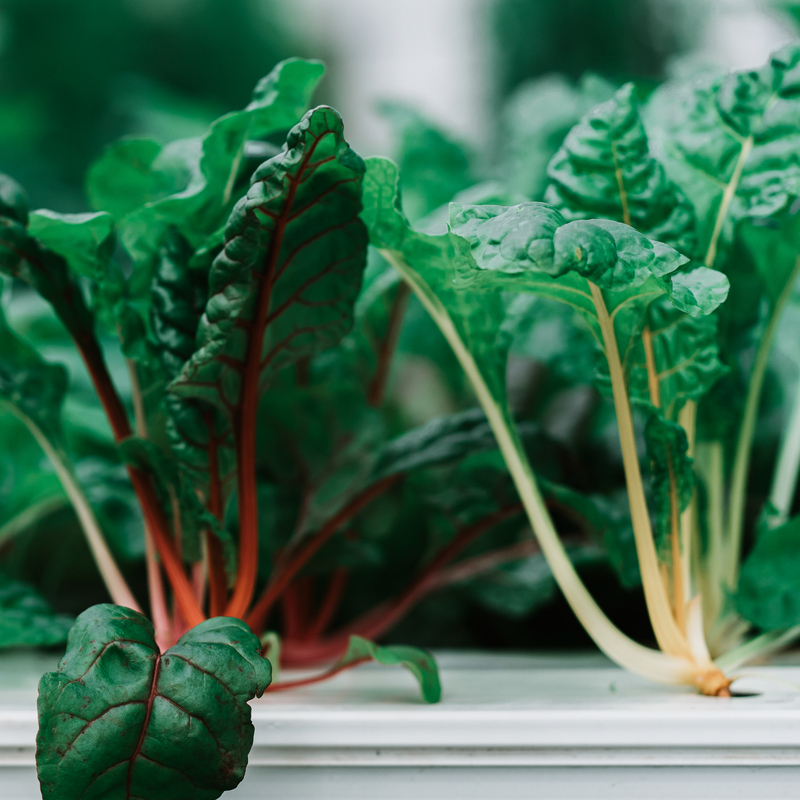
hydroponics gardening systems
There are two types of hydroponics systems; aeroponics and aquaponics.
· Aeroponics (Hydroponics Gardening Systems)
The aeroponics method involves misting and high-tech pumps to supply oxygen and moisture to the root zone. This method is the best way to provide healthy environments for growing plants indoors.
Moreover, aeroponics is also an excellent alternative for raising plants in tiny places. The system is similar to Hydroponics as neither of these methods needs soil to grow plants. However, with hydroponics gardening systems, you need water as a growing medium.
On the flip, with aeroponic gardening, you don’t need any growing medium; instead, you hang or suspend the plant roots in a dark chamber while providing nutrient-rich solution spray periodically.
In addition, growing your plants with aeroponics is straightforward. While there are plenty of benefits, the system has a few drawbacks. For instance, your plants will grow faster, yield more, and be healthier.
Moreover, these types of hydroponics systems make it easy to feed your plants. The system also needs a small place and less nutrient-rich water. Here are a few pros and cons of growing plants with aeroponics:
Pros
- Your plants will grow faster than in other hydroponic systems.
- There is multiple aeroponics, which means you have the opportunity to choose the most suitable system.
- Your plants will grow larger.
- You can quickly grow plants continuously and replace them as you go.
- Growing plants with aeroponics don’t need much maintenance.
- The root system will be far more robust than other Hydroponics.
Cons
- You might find aeroponics a bit expensive to set up.
- It requires significant monitoring while operating.
- Power outages can cause the failure of crops.
- You will need automatic systems for a successful aeroponic garden.
· Aquaponics
Through aquaponics, you cultivate indoor plants and aquatic creatures in recirculating conditions. The system cooperates with fish and plants and comes in various sizes, from small indoors to large commercial systems.
Aquaponics is also one of the most sustainable ways to raise plants. Once the setup is ready, they need minimal maintenance or effort to keep your plants thriving. With aquaponics, the waste produced by fish is used to feed plants. In return, plants clean the water for fish, creating one continuous cycle.
Pros
- Aquaponics allows you to grow your food and fish in your home.
- You don’t have to use fertilizers since fish will provide rich nutrients for your plants.
- Aquaponics need less water.
- Pesticides and other chemicals can harm the fish, so you don’t need to use them, which allows for healthier and organic vegetables.
- You don’t need to worry about the soil-based disease since there is no soil.
- Aquaponics allows you to grow several plants with great harvest in a small space.
Cons
- Aquaponics gardening is appropriate for limited fish species and various types of plants.
- While the system doesn’t need a considerable amount of energy, the energy required to operate the system is still significant.
- The initial setup cost of your aquaponics system can make it tricky.
- While the system is highly flexible and you can install it anywhere, the infrastructure installation is complex.
So, is Hydroponics better than soil? Let’s discuss its advantages and drawbacks:
Benefits of Hydroponics Gardening Systems
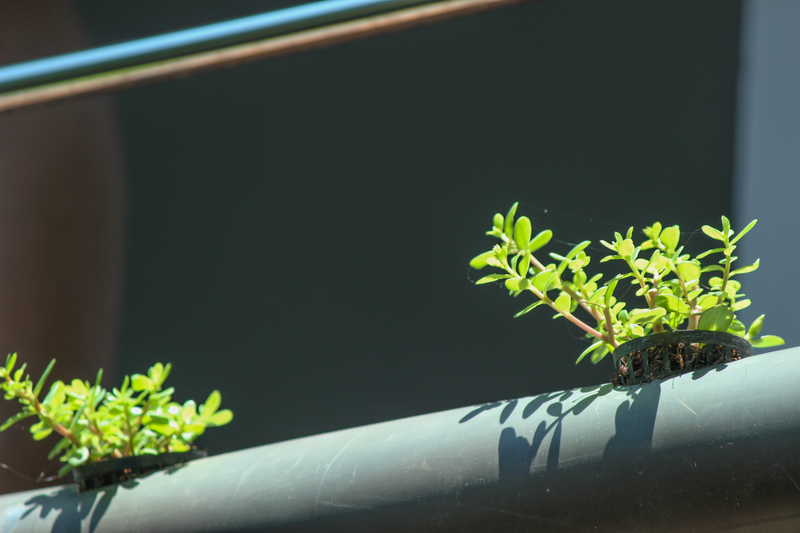
hydroponics gardening systems
Some of the benefits of using hydroponics gardening systems include:
· Easy Growing
Hydroponics allows you to grow plants indoors year-round regardless of weather conditions. Soil can get too wet or dry depending on climate, but Hydroponics does not suffer from these limitations. In addition, the system also prevents the risk of the soil becoming infested with pests and diseases. Pests cannot survive in the nutrient solution, and infections cannot infect the roots.
· Controlled Environment
Hydroponics systems can control the environment of the plant. With soil, you cannot control the amount of light and air exposure. You also cannot regulate the temperature around the root zone. However, with Hydroponics, you can control everything about your plants’ environment. You can easily control light intensity, temperature, humidity, and CO2 levels.
· No Soil
Soil can become depleted over time and require replacement. In addition, some people have allergies to certain types of soil. Hydroponic gardening does not use soil, making it a great option if you have allergies or want to try something different.
· Easy to Maintain
The only maintenance needed for hydroponics gardening systems is changing out the water. The soil requires constant watering and fertilization, but hydroponic gardening doesn’t require either.
· Greater Flexibility
Hydroponics also offers greater flexibility than soil gardening. Because the entire plant is grown inside a container, you can move the plant to different locations if needed. Also, you can add additional containers to increase the number of plants. If you want to start a new batch of plants, you don’t need to wait until the soil dries out. You can simply remove the old plants and replace them with fresh ones.
· Minimal Maintenance
Hydroponic gardening requires less work than traditional methods. No weeding is necessary. Since the plants are never directly exposed to sunlight, they need less energy to produce food.
· Simple to Set Up and Use
Hydroponic equipment is simple to use. All you need is to find a suitable medium, add water, and place your seedlings into their respective pots. This method requires no soil whatsoever. Your plants are not even touching the ground. They’re simply suspended in the air by roots hanging from a container.
· Easy to Control
The best thing about hydroponic systems is that you can control the amount of light reaching your plants. In conventional agriculture, exposure to sunlight is determined by location, season, weather conditions, and time of day. With this system, you can easily monitor the light your plants receive. If necessary, you can adjust the height of the lights above the pot to ensure proper lighting levels.
· Cost-Efficient
When growing in soil, you must buy fertilizer, compost, potting materials, tools, and other supplies. When growing in Hydroponics, you only need to purchase nutrients and tap water. You won’t need to buy any pots since they are already pre-made. Growers save money.
Hydroponic techniques can reduce labor costs and increase yields compared to traditional gardening methods. Growers can spend less time tending to their plants, allowing them to focus on producing more.
· Environment Effects
Growers can control their environment. Plants grown in soil are subject to changes in temperature, humidity, and light conditions that may not be ideal for optimal growth. In addition, they cannot regulate their environment and rely on outside factors like sunlight and air movement. Hydroponic systems allow growers to control these variables.
They can create a controlled environment inside the greenhouse or indoor garden. This allows for maximizing energy efficiency and production while minimizing environmental impact.
· Flexibility
Growers have greater flexibility. With hydroponic systems, growers can customize their systems based on the needs of their crops. They can use different types of lights, timers, filters, and other equipment to achieve specific goals. They can even change the type of water used if necessary.
· More Organic Produce
No harmful chemicals are used. There are no herbicides or pesticides used in hydroponic cultivation. When using hydroponic methods, planters can avoid exposure to potentially dangerous elements like heavy metals, solvents, and fertilizers.
· Less Space
Growers don’t need much space. Raising plants in soil requires a lot of room. You’ll need at least 10 square feet per plant. That’s about the size of two standard-size office desks. However, hydroponic gardens require less than 1/10th of this amount. A single gallon of nutrient solution uses only one cubic foot of space.
· Large Plants
Growers can produce more plants. Because hydroponic systems do not require soil, they can accommodate more significant amounts of plants. A typical hydroponic setup can hold 50 gallons of water and contain over 100 plants. Soil-based systems can carry only 5 gallons of soil and support 20 to 30 plants.
Disadvantages of Hydroponics Gardening Systems
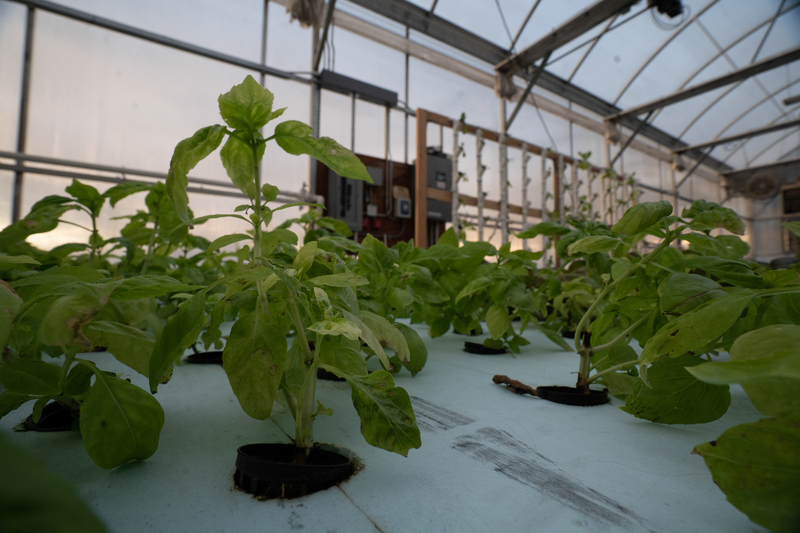
hydroponics gardening systems
While it is easy to see the benefits of the hydroponics gardening systems, you should keep this in mind. As with anything else, it is vital to understand the disadvantages to avoid frustration.
· Expensive
Unlike a traditional garden system, hydroponics gardening systems are expensive. Their costs vary depending on size, type, and whether or not the system is prefabricated.
· Susceptible to Power Outages
Hydroponics systems use electricity to power and operate different components, such as water pumps, grow lights, fans, aerators, etc. So, a power outage means the entire system will get affected. Moreover, a power outage in active systems can be detrimental to your plants if it goes unnoticed.
· Requires More Maintenance and Constant Monitoring
Growing plants in hydroponics gardening systems mean your system will need a higher level of monitoring and maintenance. All system components require constant vigilance to maintain a controlled growing environment.
In addition, the nutrient solution also requires flushing and replacement more often. Moreover, you will need to clean your system parts to prevent clogging.
· Susceptible to Waterborne Diseases
Since you grow plants in water instead of soil, the risk of developing water diseases is higher. In a hydroponic system, water circulates continuously, increasing the chances of infections spreading quickly and affecting the whole plant collection.
Sometimes, a waterborne disease can also kill your plants within hours.
· Problems Affect Plants Quicker
Unlike a hydroponics gardening system, a soil-based garden protects the plant roots from harsh temperatures, slows diseases, and prevents pests from attacking. It also absorbs and releases nutrients regularly. While with Hydroponics, plants react negatively to issues like disease and nutrient deficiencies much quicker.
Why Do Plants Grow Better with Hydroponics?
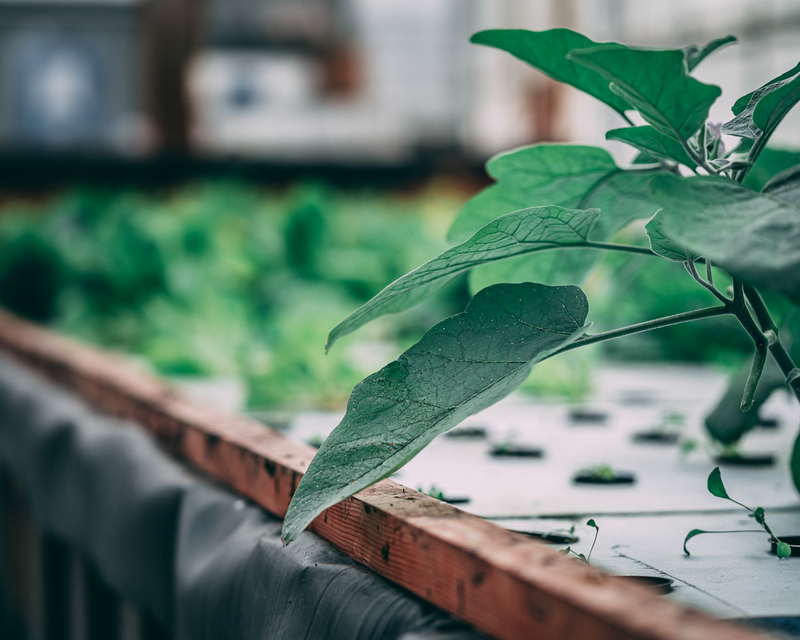
hydroponics gardening systems
· Improved Nutrient Uptake
Water is the lifeblood of any plant. Without water, the plant would not survive. Hydroponic systems are designed to provide constant access to water while maintaining optimal levels throughout the system. This allows your plants to receive proper moisture at all times.
In addition, plants grow faster with a hydroponic system because you can create a perfect blend of nutrients. These nutrients are directly supplied to the roots of plants through a continuous flow of nutrient solutions.
Since the roots directly receive these nutrients, your plants don’t have to expend energy to find nutrients. As a result, your plant roots don’t grow out, forcing your plants to grow upward.
· Less Risk of Pests, Diseases, and Elements
In hydroponics gardening systems, you use a sterile medium, which helps to reduce the risk of pests and other diseases. In addition, an indoor hydroponic garden protects your plants from elements, such as rain, cold, and wind.
It boosts plant growth efficiency since these challenges don’t hinder them. Your plants are free to grow without facing any crippling conditions.
· Controlled, Automated Systems
Depending on the hydroponics gardening system, you will create a stable growing environment for your plants. Because of the automated and controlled monitoring systems, your plants can expect a consistent nutrient feed directly to the root system.
· Maximized Growing Space
Through a hydroponics growing system, you can grow several plants simultaneously. This is because the roots of plants aren’t struggling for the space required to get adequate nutrients. Moreover, an even distribution of nutrient solutions reduces the need to compete, meaning you will be able to place your plants in the system at a higher density.
Best Plants for Hydroponics
· Lettuce
The lettuce plant is a great food source. It is easy to grow and can be grown indoors and outdoors. This plant is an excellent option for hydroponic growing systems. It is also a low-maintenance plant and requires little water.
When growing lettuce with hydroponics gardening systems, you must add water to the potting media once a week to keep the roots moist.
· Spinach
Spinach is an easy-to-grow vegetable that you can grow indoors year-round. The plant performs well in full sun but will tolerate some shade as well. It has a long season of harvest time, from spring through fall. In addition to its many nutritional benefits, spinach contains high amounts of iron, calcium, vitamin A and C, folate, thiamin, riboflavin, niacin, pantothenic acid, magnesium, phosphorous, potassium, copper, zinc, manganese, and selenium.
There are two types of spinach, green and red. Green spinach is used for cooking and is usually sold bunched together. You can find both varieties at your local grocery store. Red spinach is tenderer than green spinach and is excellent for salads.
· Radish (Raphanus sativus)
Radish is another vegetable that you can quickly grow with Hydroponics. The roots of the plant are used in traditional Chinese medicine for treating several ailments. Radishes have high nutritional value. They contain vitamins and minerals that promote health and prevent diseases. This vegetable can be eaten raw, cooked, juiced, or pickled.
· Tomatoes
Tomatoes are favored by indoor growers because they require little to no maintenance. They don’t need much water either, making them perfect for different types of hydroponic systems. In addition to being easy to grow, tomatoes are delicious and nutritious. You can eat them fresh off the vine or use them in recipes like salsa and spaghetti sauce.
You can grow the plant from seeds indoors and outdoors. They are high in vitamin C, A, K, B6, folate, fiber, and lycopene.
· Bell Peppers
Bell peppers are also among the best fruits to grow in various types of hydroponics systems. The plant contains vitamins A and C, fiber, folate, iron, magnesium, manganese, niacin, phosphorous, potassium, riboflavin, thiamine, vitamin B6, vitamin K, zinc, and copper.
In fact, they were once called “the king of fruits” because of their healing properties. It can also help lower cholesterol levels and prevent heart disease. Bell peppers are high in antioxidants that fight free radicals, which cause cancer.
· Cucumber
Cucumber is another excellent option for hydroponics gardening systems. Cucumbers are well known for producing large amounts of fruit without much effort. They are not only easy to grow, but they can be grown year-round. This makes them ideal crops for those who want to grow their food indoors.
Is Hydroponics Better than Soil?
So, is Hydroponics better than soil? Whether you grow in soil or hydroponically, they both have their benefits. However, hydroponics gardening systems are generally considered better because you can grow more using a tiny place. Moreover, with Hydroponics, your plants grow faster and better while allowing you to control the nutrients.
On the flip side, growing in soil is aesthetically more pleasing. It creates a perfect environment for plants by anchoring roots and storing nutrients. Moreover, soil-based gardening also contains enormous levels of biodiversity.
